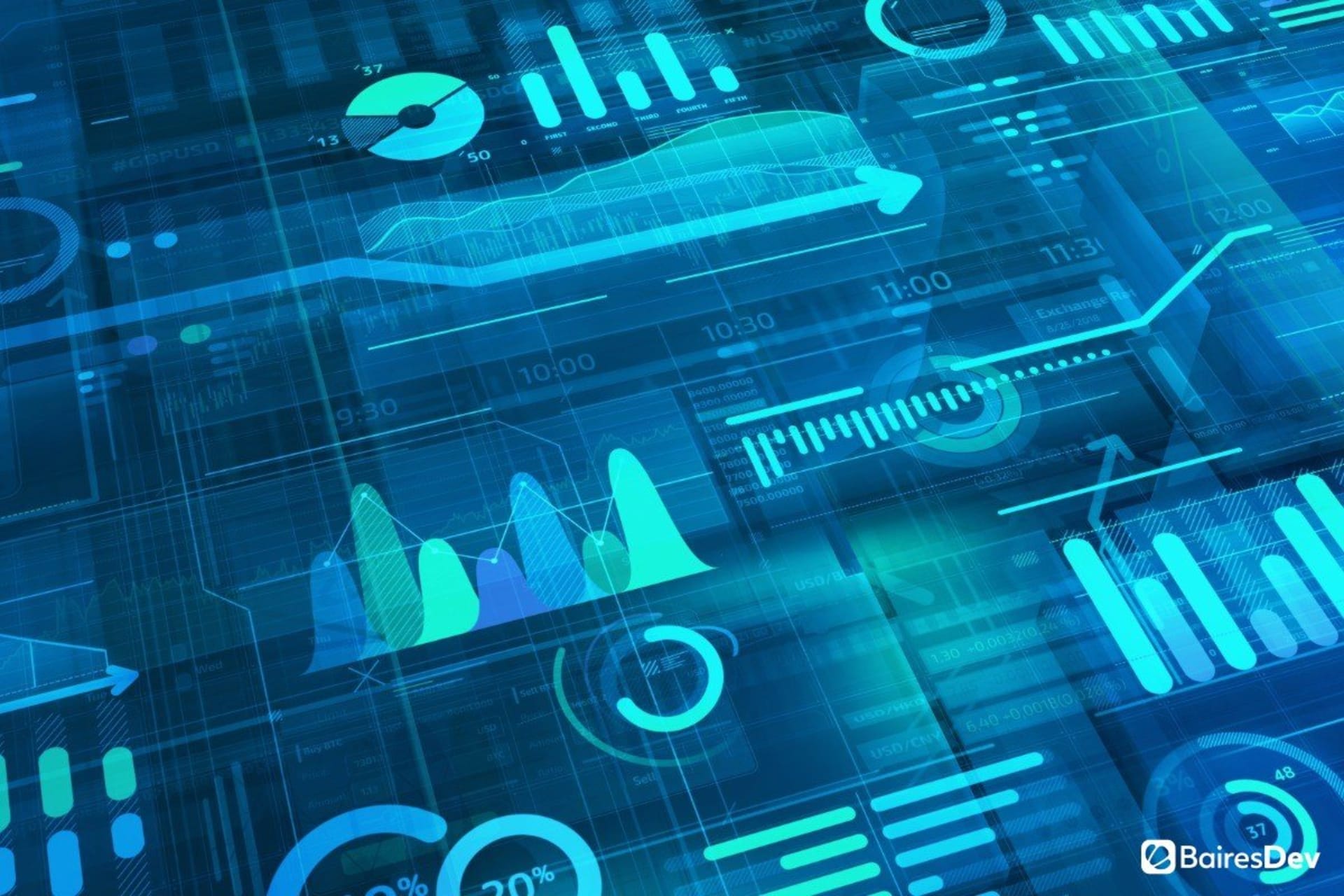It’s been said that the amount of data being created across the globe is growing at such a fast pace that 90% of it was generated just in the last 2 years. That astounding statistic reveals the extent of data generation. This tremendous increase in the amount of data requires companies that use it to be ever more purposive about how they use it, especially as it becomes foundational for just about every system a business uses to support its operations every day.
Data is critical for other technologies, including artificial intelligence (AI), the Internet of Things (IoT), and robotics. When integrated smartly with these technologies, data can help businesses better understand customers, improve products and services, become more efficient, make better decisions, and generate more revenue. It’s becoming so important that companies that fail to make effective use of data are likely to fall behind their competition.
But knowing how to make the best use of data requires understanding how it works within other technologies and tools. This knowledge is especially true for companies that rely on many sources of data and must determine how to find the pieces that will lead to truly insightful and actionable results. In the sections below, we take a closer look at three technologies that interface closely with data and how they can be leveraged for greater business success.
AI
When used strategically, AI has vast potential to help businesses in areas ranging from inventory to HR. AI algorithms are used to sift through data to find relevant information and patterns in a way humans never could. And because AI has the potential for learning, it can identify already established models of behavior, or create new ones on its own.
For example, AI and big data can be used together to discover consumer buying habits. Bits of information such as past purchases at your company and others, online behavior, and interaction with brands can be put together to form a picture of each potential buyer. These profiles can also be used to determine things like the likelihood of established customer defection. Such conclusions can be invaluable in setting up new promotional initiatives.
You can use a similar process to determine the likely behavior of competitors and develop business strategies accordingly. For instance, you might learn that a competitor plans to close 20% of its brick-and-mortar locations. Asking why and discovering market forces you were previously unaware of could be invaluable to determining your next move.
IoT
One purpose of IoT devices is the ability for humans or other machines to control them from afar. Another is for those devices to send data back to those sources for analysis, which results in insights that can make businesses run better. For example, IoT devices can be placed in containers to track inventory. Analytics programs can see where delays are in terms of having too much of a certain material, or too little. Maintaining the right balance can ensure a consistent flow of products being made and predictable budgeting from month to month.
Data from IoT monitoring devices attached to equipment can inform company operators when it’s time for maintenance, repair, or replacement. And these activities can even be scheduled, to create a steadier cash flow and free up cash for other critical initiatives. For example, a company might set up a schedule for replacing one major machine per year and use IoT data to determine the order in which the replacements should occur.
Robotics
The common image of a robot is a machine that performs repetitive tasks, such as on a manufacturing assembly line. However, robots can take other forms, such as drones, which collect data and process it, or send it to a central processing center. Another type of robot is one that carries out robotic process automation (RPA), which performs processes that interact with other digital systems and software.
RPA can be used to perform repetitive tasks or examine large volumes of data and detect which pieces might be useful for analysis. This process can be deployed in countless applications. Deploying such actions, business operators can considerably reduce data processing errors and increase efficiency, both resulting in decreased costs and other positive results like increased customer satisfaction.
The following video from technology expert Bernard Marr provides further information about RPA, highlighting its repetitive processing function.
The Role of Computing Technologies
A number of technologies that support big data make all this activity possible. These tools enable the storage, management, and use of all of the available data quickly and effectively. They include the following items:
- Cloud computing allows companies to store data and perform analysis in environments that can expand or contract capacity as needed, making data storage costs more predictable and reducing the need for network management and extra hardware that might only be used periodically.
- Edge computing performs the opposite function, processing data closer to its source. For example, data collection from utility grid equipment can be processed at the edge, leaving valuable bandwidth available only for highly relevant data that must be processed along with other collected information at a central repository.
- 5G, the fifth generation of cellular network technology, is still in the initial stages of deployment. When fully deployed, it will allow much higher use of IoT devices and therefore greater connectivity that will increase the efficiency that comes with more automation.
The keys to using these tools in combination with technologies like AI, the IoT, and robotics are ensuring quality data is collected, and having a carefully designed system for analyzing it. With those 2 elements in place, companies can find countless ways to use vast amounts of data to their best advantage.







